Resources
Learn More About Our Energy Saving Technology.
Light Color Temperature Chart

Many choices exist for efficient lighting that provide light that is similar to traditional incandescent lighting in terms of color rendering while using less energy, producing less heat, and potentially providing a longer life than incandescent bulbs. The most common types of high-efficiency lighting are compact fluorescent lamps (CFLs), pin-based fluorescent tubes, and light emitting diodes (LEDs).
Most energy efficient lighting products come in "warm" colors to match the yellowish light of incandescent bulbs but can also come in "cooler" colors that provide whiter or bluer light. The wide variety of shades of white light, ranging from yellowish to white to bluish white light allows one to customize the mood of any space. Light color is measured on a temperature scale referred to as Kelvin (K). Lower Kelvin numbers mean the light appears more yellow while higher Kelvin numbers mean the light is whiter or bluer. For example:
For a warmer light, look for bulbs marked 2700-4000K
For a whiter light, look for bulbs marked 5000-5500K
For bluer white light, look for bulbs marked 6000-6500K
Bulb Size Reference Guide
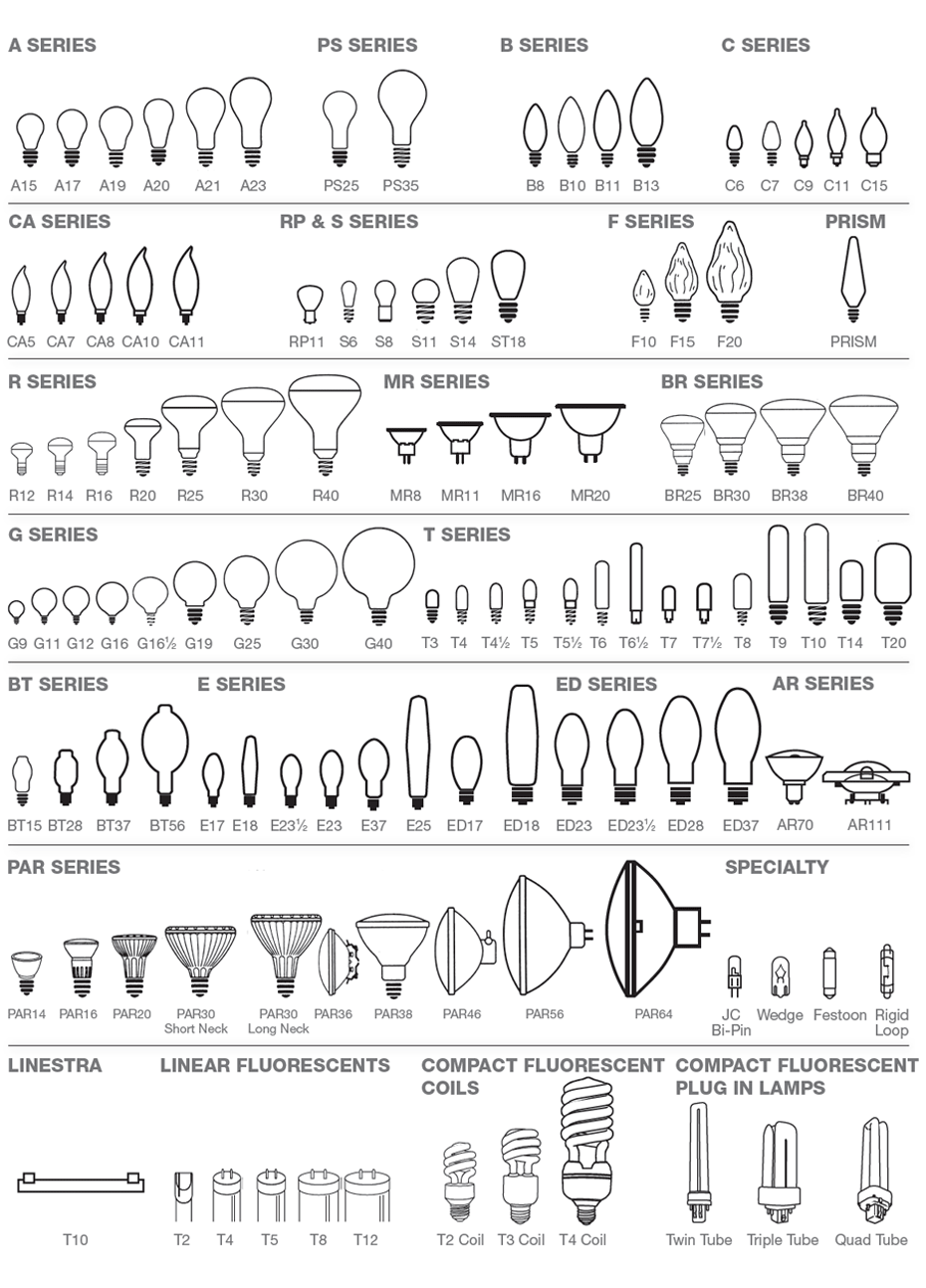
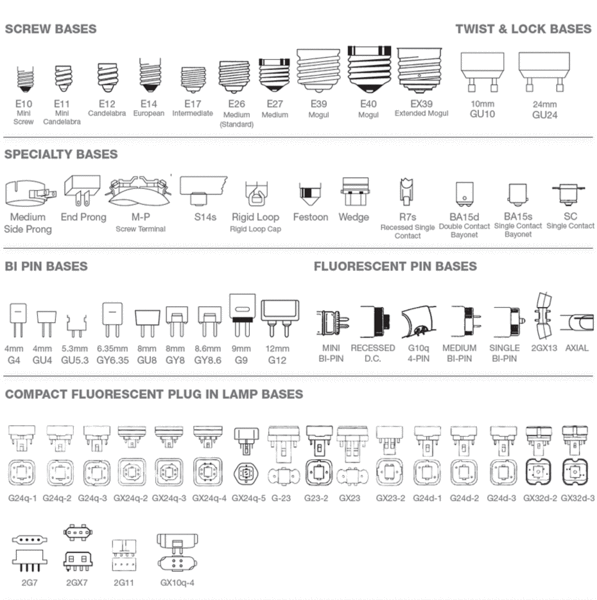
IP Rating Chart
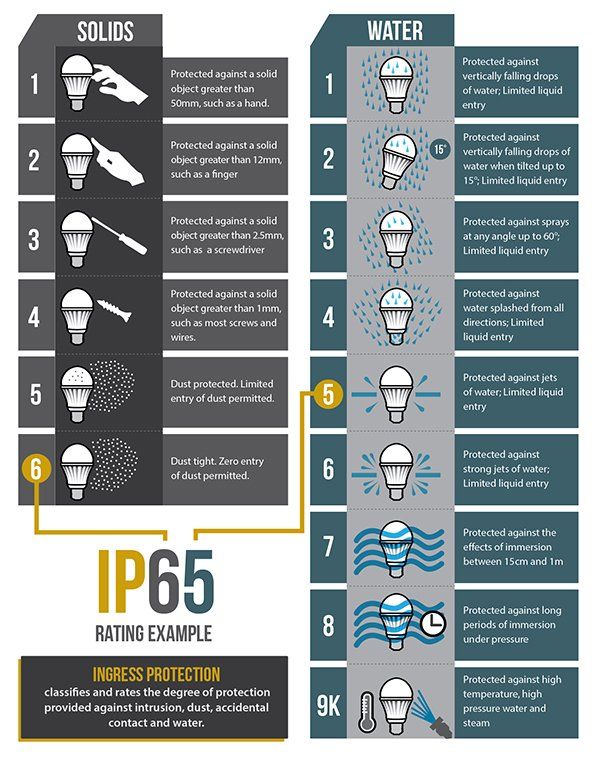
Water and electricity can be a cause of deadly electric shocks when mixed together. Sometimes it will be life threatening. For LED lights, water can ruin the light quickly or over time. Waterproof LED lighting is the solution to tackle the electric shock risk as well as extending the life of the lighting fixture. For example, the most common outdoor lighting fixture IP rating is IP65 for products such as the LED pole lights, LED flood lights & LED highbays.
According to different IP ratings, waterproof levels can vary dramatically. Full Waterproof LED lights are different from water resistant lights. And water resistant LED lights are different from regular damp rated and non damp rated lights. Waterproof LED lights are designed to make sure that they can sustain with any amount of water. However, water resistant lights can only work well for an infrequent and certain exposure to water.
LED lights offer numerous benefits such as energy saving. They conserve electricity and enhanced savings, along with durability. Another benefit they can give you is working well despite being exposed to different solid and liquid particles.
For indoor and outdoor LED lights, they come with different Ingress Protection (IP) ratings. An IP rating of LED light is the measurement of protection that LED light will have against liquid (water) and solid (dirt, dust etc.) objects. There are two numbers in the IP rating, the first number (0 to 6), in an solid IP rating. It shows the resistance against solid objects. The second number (0 to 8) implies the protection against water.
What Makes Up A Solar Panel?
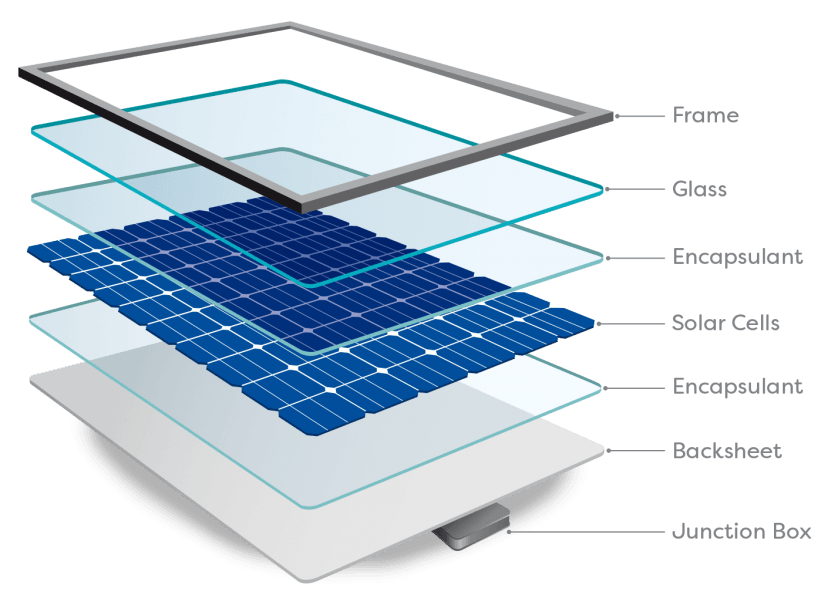
Solar photovoltaics are made with a number of parts, the most important of which are silicon cells. Silicon, atomic number 14 on the periodic table, is a nonmetal with conductive properties that give it the ability to convert sunlight into electricity. When light interacts with a silicon cell, it causes electrons to be set into motion, which initiates a flow of electricity. This is known as the “photovoltaic effect.”
However, silicon cells alone can’t provide electricity for your home. They are paired with a metal casing and wiring, which allow the solar cell’s electrons to escape and supply useful power. Silicon comes in a number of different cell structures: single cell (monocrystalline), polycrystalline or amorphous forms, most commonly associated with thin film solar panels
Since individual solar cells don’t produce a huge amount of electricity, manufacturers connect several solar cells together into solar panels protected by a layer of glass and an aluminum frame.
Are All Solar Panels The Same?
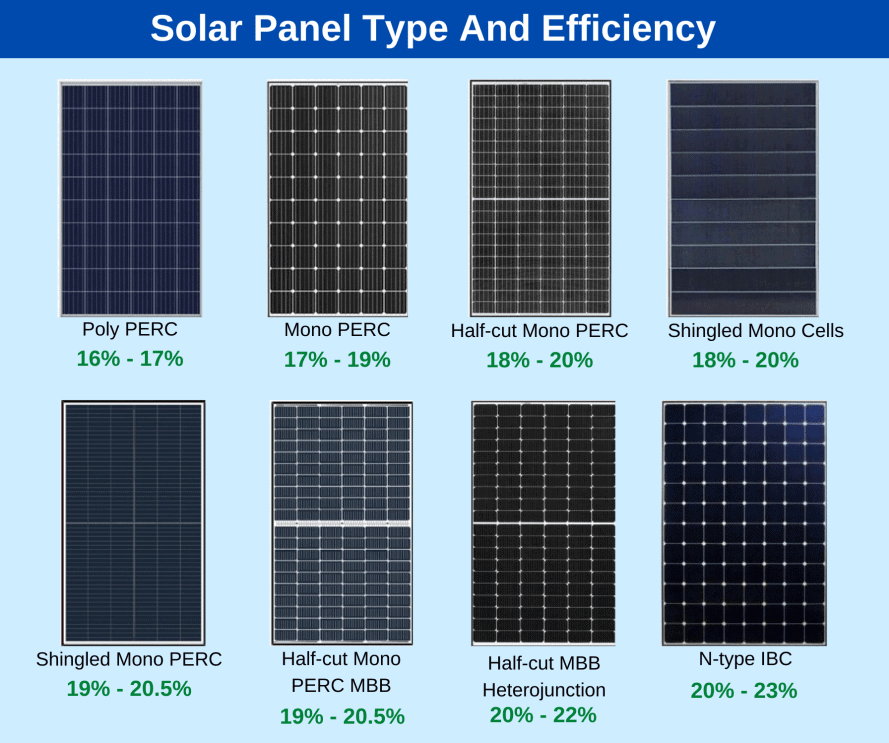
Clearly, if solar panels contain different numbers of solar cells, then they aren’t all the same size. As a general rule, the more solar cells a solar panel has, the bigger the size. Sixty cell panels are usually smaller than seventy-two cell solar panels. But things get a bit more complicated when we look at the efficiency of solar cells.
Some solar panels are more efficient than others. The efficiency of commercially available solar cells is typically in the range of 15 to 20%. This percentage measure of efficiency shows how much of the sun’s energy a particular solar cell can convert into electricity.
These efficiencies are measured under laboratory conditions, so it’s unlikely that your home solar system will manage to achieve those figures. Nevertheless, the efficiency rating is a good way to compare different solar panels.
Different solar panels generate different amounts of energy, and this capacity to produce power isn’t just about size. For example, a smaller sixty cell solar panel with an efficiency of 20% can generate more electricity than a seventy-two cell unit that only has an efficiency of 15%.
Product Certifications
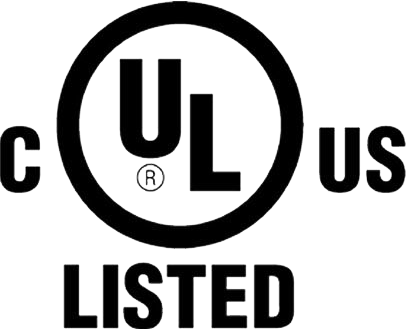
Rapidly evolving thinking about energy efficiency and public safety – along with exciting technological advances – is driving the evolution of the lighting industry, providing greater opportunities and growing challenges. Leverage UL’s safety science expertise, worldwide presence, and active involvement in the lighting industry to gain accelerated access to the global marketplace and to meet regulatory requirements. Our LED Modules are UL Listed along with several LED fixtures and retrofits.
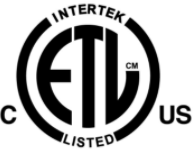
A product bearing the ETL Listed Mark is determined to have met the requirements of prescribed product safety standards. Moreover, the mark indicates that the production site conforms to a range of compliance measures and is subject to periodic follow-up inspections to verify continued conformance.
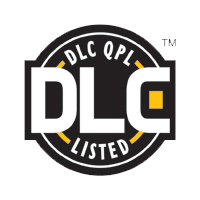
The DesignLights Consortium® promotes quality, performance and energy efficient commercial sector lighting solutions through collaboration among its federal, regional, state, utility, and energy efficiency program members, luminaire manufacturers, lighting designers, and other industry stakeholders throughout the US and Canada. DLC Certified products are eligible for local and federal rebates and incentives.

The CE marking is required for many products. It states that the product is assessed before being placed on the market and meets EU safety, health and environmental protection requirements. Through this website the European Commission provides economic operators and consumers with information on how the process of affixing the CE marking on a product works. Logic Illumination modules are CE certified and meet all required safety standards for the EU.

The RoHS directive aims to restrict certain dangerous substances commonly used in electronic and electronic equipment. Any RoHS compliant component is tested for the presence of Lead (Pb), Cadmium (Cd), Mercury (Hg), Hexavalent chromium (Hex-Cr), Polybrominated biphenyls (PBB), and Polybrominated diphenyl ethers (PBDE).

Energy Star is a joint program of the U.S. Environmental Protection Agency and the U.S. Department of Energy helping us all save money and protect the environment through energy efficient products and practices.
Results are already adding up. Americans, with the help of ENERGY STAR, saved enough energy in 2010 alone to avoid greenhouse gas emissions equivalent to those from 33 million cars — all while saving nearly $18 billion on their utility bills.
